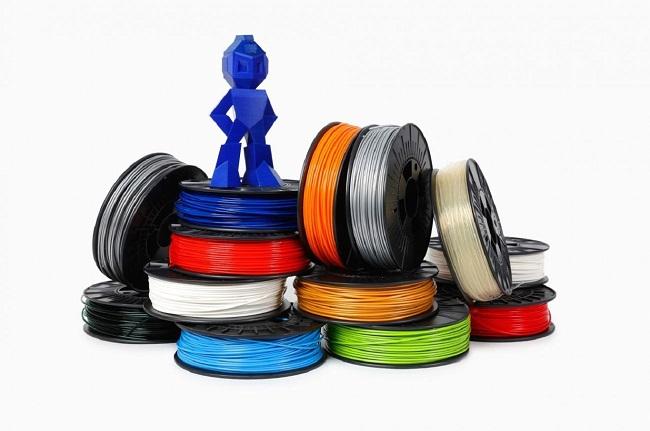The ABCs of Plastic: A Guide to the 3 Most Common Types and Their Impact on the Environment
2 min read
Plastic is a ubiquitous material that we encounter in our daily lives. From packaging to household items, plastic is everywhere. However, not all plastics are created equal. In fact, there are hundreds of different types of plastic, each with its unique properties and uses. In this article, we will focus on the three most common types of plastic and explore their characteristics, applications, and environmental impact.
- Polyethylene (PE)
Polyethylene is the most widely used plastic in the world, accounting for approximately one-third of all plastic production. It is a thermoplastic polymer that is made from ethylene monomers. PE is known for its excellent chemical resistance, durability, and low cost. It is commonly used in packaging, such as plastic bags, bottles, and containers. PE is also used in the construction industry for pipes, insulation, and roofing materials.
However, the downside of PE is its environmental impact. It is not biodegradable and can take hundreds of years to decompose. PE waste is a significant contributor to plastic pollution, especially in the oceans. Therefore, it is crucial to reduce our consumption of single-use plastics and recycle PE products whenever possible.
- Polypropylene (PP)
Polypropylene is another widely used plastic that is known for its toughness, flexibility, and resistance to heat and chemicals. It is a thermoplastic polymer that is made from propylene monomers. PP is commonly used in packaging, such as food containers, bottle caps, and straws. It is also used in the automotive industry for car parts and in the medical industry for surgical instruments and syringes.
PP is considered a safer alternative to other plastics because it does not contain bisphenol A (BPA) or phthalates, which are known to be harmful to human health. However, like PE, PP is not biodegradable and can contribute to plastic pollution if not properly disposed of.
- Polyvinyl Chloride (PVC)
Polyvinyl chloride, or PVC, is a versatile plastic that is known for its durability, flexibility, and resistance to fire and chemicals. It is a thermoplastic polymer that is made from vinyl chloride monomers. PVC is commonly used in construction materials, such as pipes, flooring, and window frames. It is also used in the medical industry for tubing and blood bags.
However, PVC has a significant environmental impact. It is not biodegradable and can release toxic chemicals when burned. PVC production also involves the use of hazardous chemicals, such as vinyl chloride, which can harm workers and the environment. Therefore, it is essential to reduce our consumption of PVC products and recycle them whenever possible.
In conclusion, understanding the properties and uses of the three most common types of plastic can help us make informed decisions about our consumption and disposal of plastic products. While plastic has many benefits, it also has significant environmental and health impacts. Therefore, it is crucial to reduce our reliance on single-use plastics and promote sustainable alternatives.

